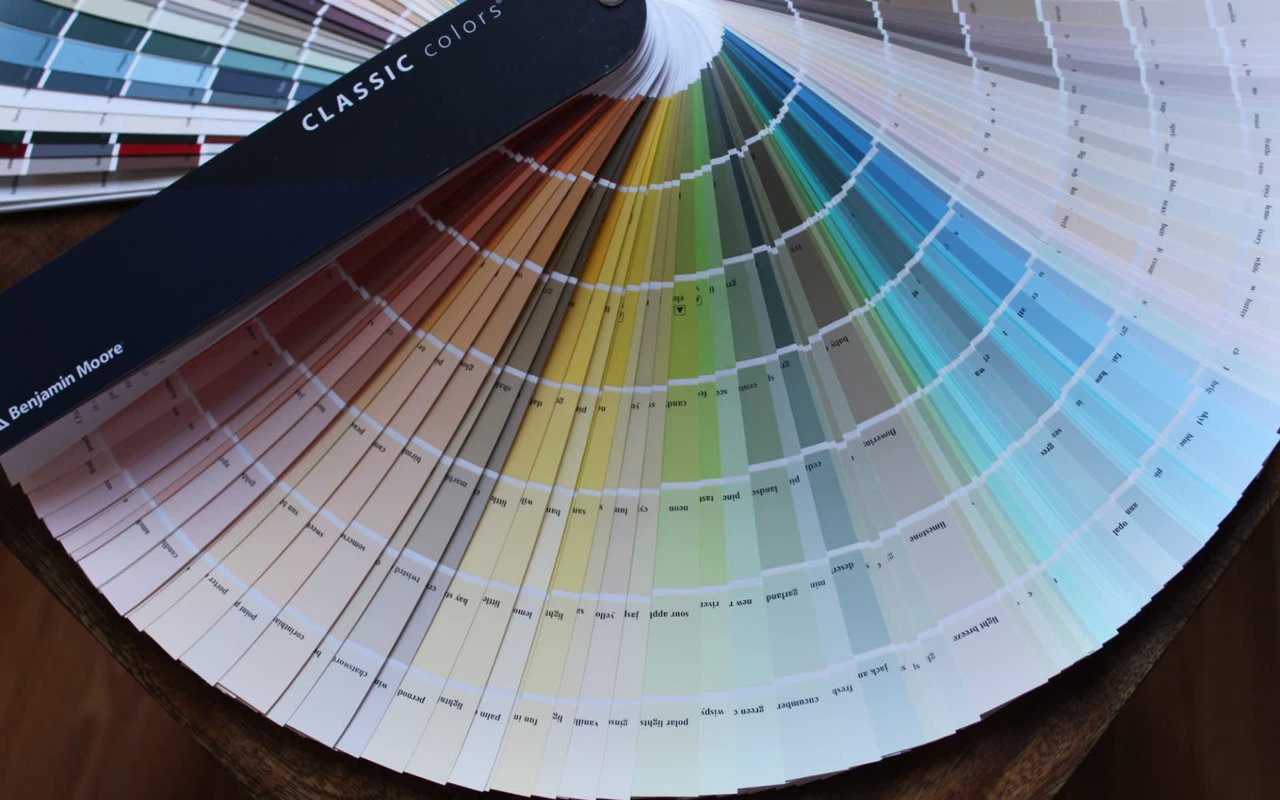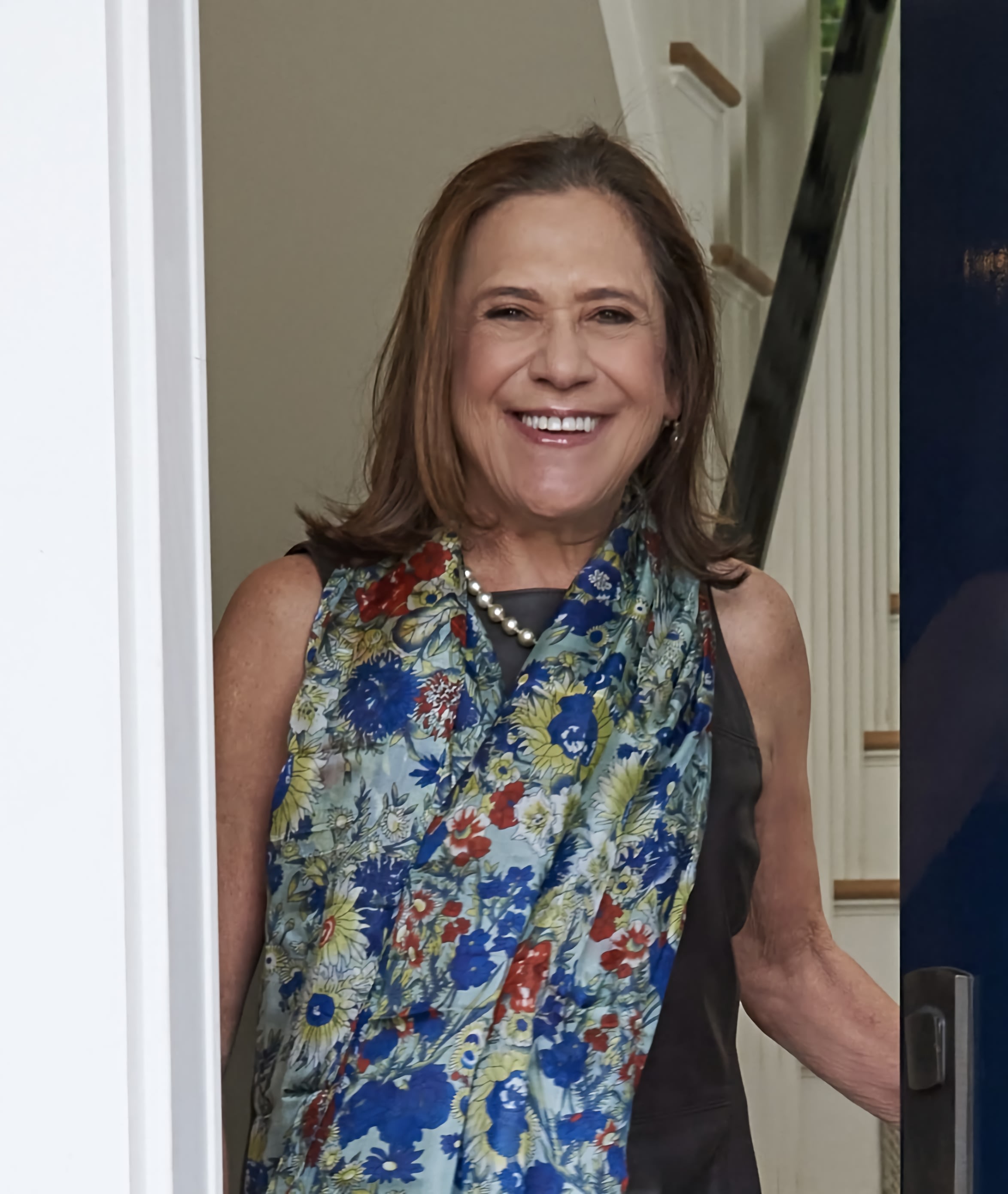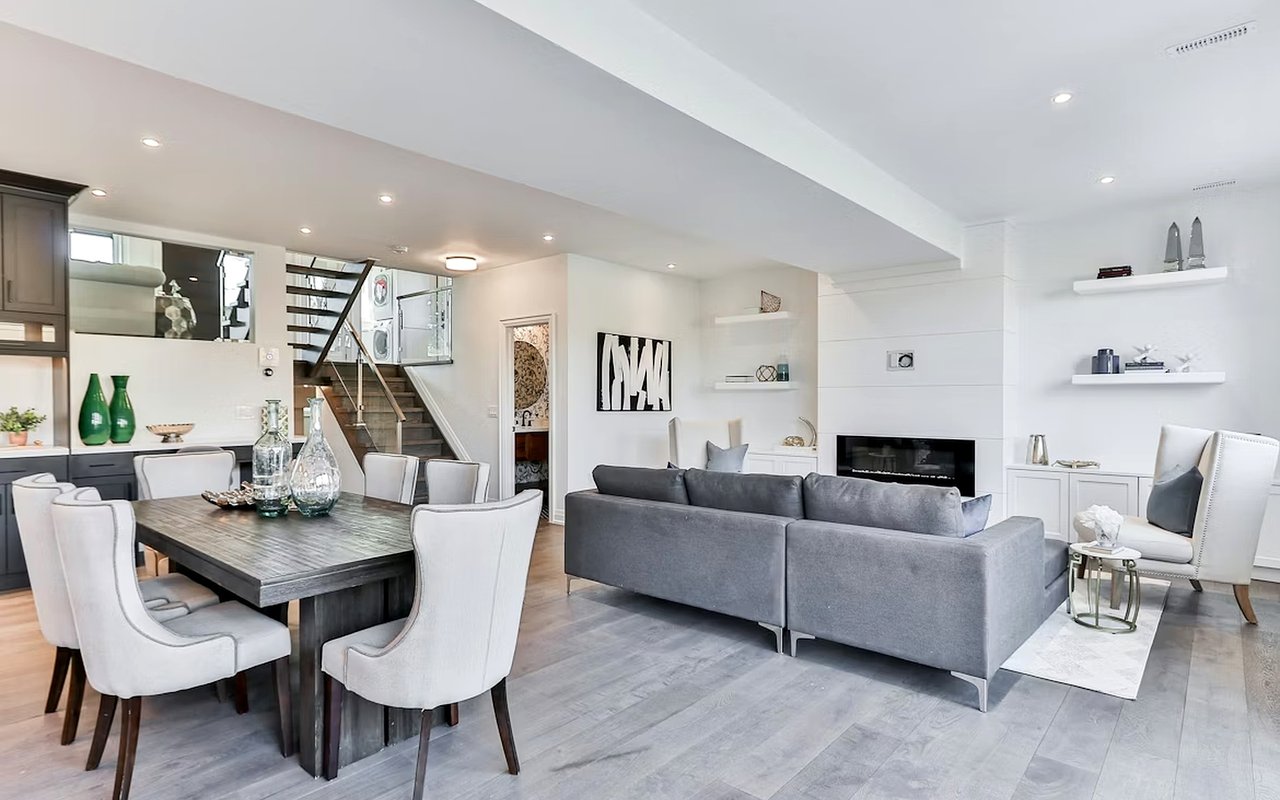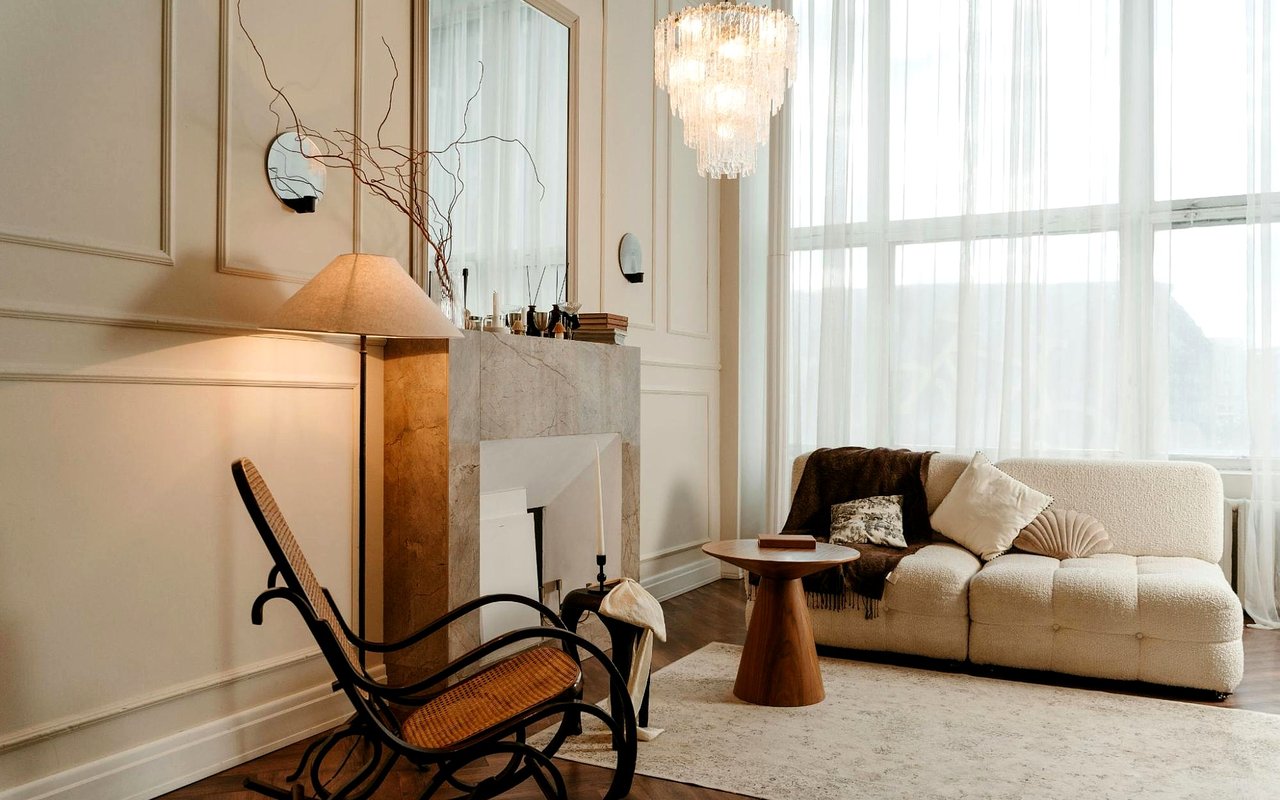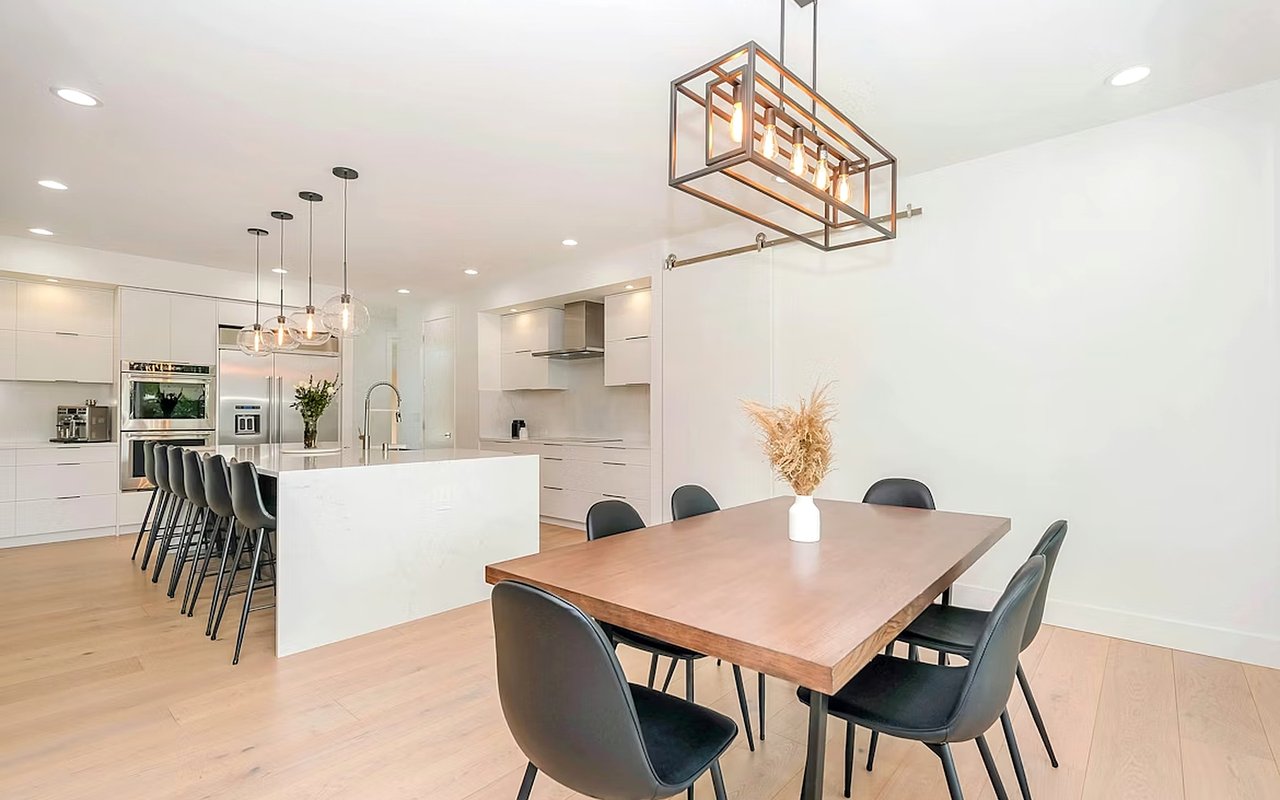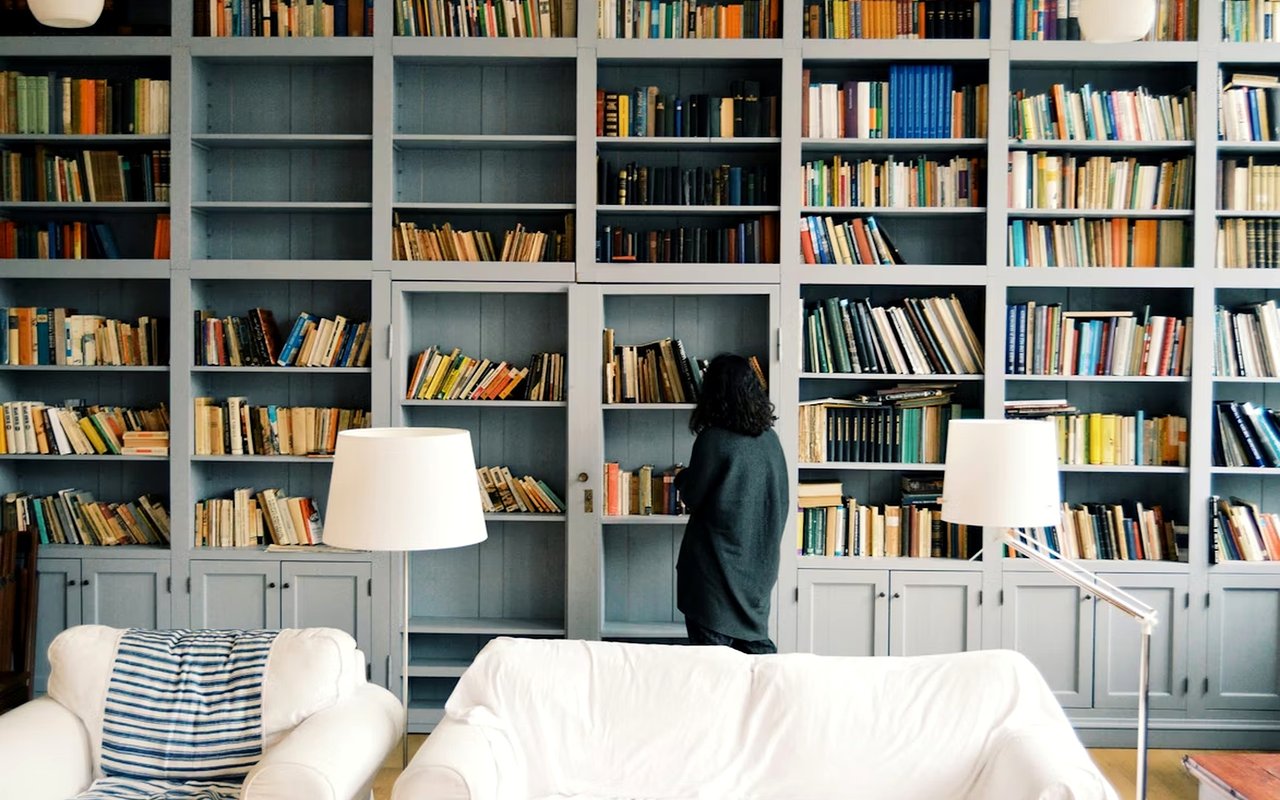Choosing the perfect paint colors for a home can be a daunting task. The right hues can transform a space, creating a harmonious and inviting environment, while the wrong choices can result in a discordant and uncomfortable atmosphere. This guide from Jillian Klaff will delve into the science of color and provide expert advice on how to choose colors for a room, specifically focusing on homes in Westport, CT.
Understanding Color Psychology
The Basics of Color Theory
- Complementary Colors: These are opposite each other on the color wheel and create a vibrant look when used together. Examples include blue and orange, or red and green.
- Analogous Colors: These are next to each other on the color wheel and provide a more harmonious and serene look. Examples include blue, blue-green, and green.
- Triadic Colors: These are evenly spaced around the color wheel and provide a balanced and vibrant palette. An example is the combination of red, yellow, and blue.
Choosing Colors for Each Room
Living Room
For those looking to make a statement, consider a feature wall in a bold color such as navy blue or emerald green. These hues can add depth and interest to the room without overwhelming it.
Kitchen
White is a classic choice for kitchens, giving a bright and spacious appearance. Pairing white with natural elements like wood or stone can add warmth and texture to the space.
Bedroom
For a touch of luxury, consider deep hues like navy or charcoal, which can create a cozy and intimate atmosphere. Complement these with soft, neutral accents to maintain balance.
Bathroom
For a modern twist, consider adding a pop of color through accessories or tiles. Bold hues like teal or mustard can add character without overwhelming the space.
Home Office
Incorporating accents of blue or green can enhance concentration and reduce stress. For a more creative workspace, consider pops of vibrant colors like yellow or orange, which can inspire creativity and enthusiasm.
The Impact of Natural Light
- North-facing rooms: These tend to receive cooler, indirect light, which can make colors appear more muted. Warm colors can help balance this effect.
- South-facing rooms: These receive warm, direct light throughout the day, which can enhance both warm and cool colors.
- East-facing rooms: These benefit from warm morning light and cooler light in the afternoon. Soft, warm tones work well here.
- West-facing rooms: These receive cooler morning light and warm afternoon light. Consider using warm colors to balance the cool light in the morning.
Tips for Testing Colors
Additionally, consider the room’s existing elements, such as furniture, flooring, and fixtures. The chosen color should complement these elements to create a cohesive look.
Elevate Your Home with the Perfect Colors
Choosing the perfect paint colors for a home can be a daunting task. The right hues can transform a space, creating a harmonious and inviting environment, while the wrong choices can result in a discordant and uncomfortable atmosphere. This guide will delve into the science of color and provide expert advice on how to choose colors for a room, specifically focusing on homes in Westport, CT.
Are you ready to transform your home with the ideal paint tones? Jillian Klaff is here to help you make informed color choices that enhance every room. Whether you're looking to buy, sell, or renovate in Westport, CT, Jillian's expertise in real estate and interior aesthetics will guide you in creating a beautiful and harmonious living space. Contact Jillian Klaff today to learn more about how she can help you achieve your dream home with expert advice and personalized service.
